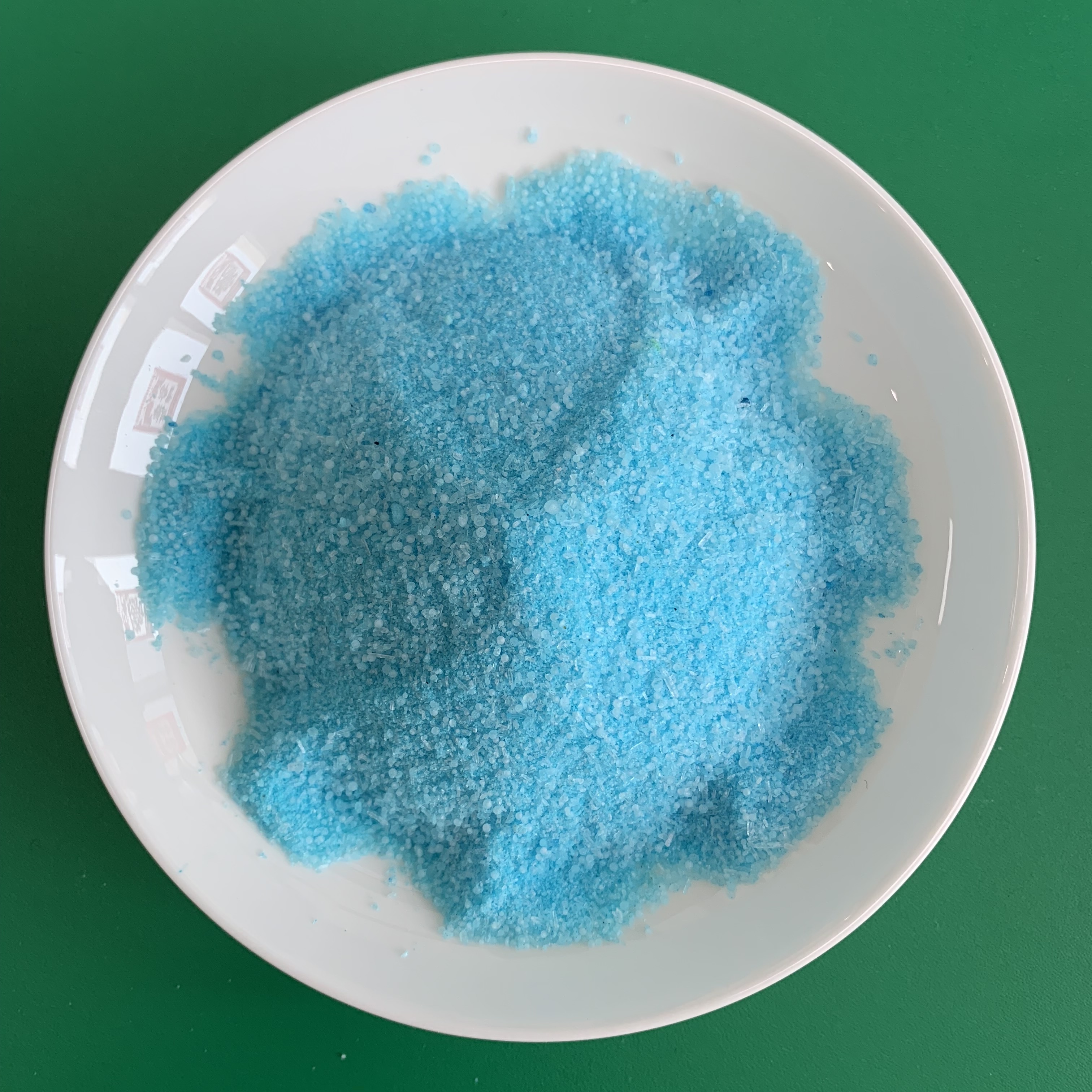



molecular weight of polyacrylamide
Understanding the Molecular Weight of Polyacrylamide
Polyacrylamide (PAM) is a synthetic polymer commonly used in various industries, such as water treatment, agriculture, and pharmaceuticals, due to its versatility and effectiveness as a flocculant, thickener, and stabilizer. One of the critical characteristics influencing the properties and applications of polyacrylamide is its molecular weight. Molecular weight refers to the mass of a polymer molecule, which can significantly affect its behavior and functionality in different environments.
Molecular weight is generally expressed in terms of grams per mole (g/mol), and it plays a crucial role in determining the physical and chemical properties of polyacrylamide. The polymer can exist in various forms, ranging from low molecular weight (LMW) to high molecular weight (HMW), with molecular weights typically ranging from a few thousand to several million g/mol. This variation in molecular weight leads to differences in viscosity, solubility, and reactivity.
Low molecular weight polyacrylamide tends to have lower viscosity and is more soluble in water, making it suitable for applications where rapid dissolution and immediate effect are critical. For example, in water treatment processes, LMW polyacrylamide can quickly disperse, facilitating the coagulation and flocculation of suspended particles. Conversely, high molecular weight polyacrylamide exhibits higher viscosity and can create a more significant impact in applications that require enhanced thickening or stabilization, such as in soil erosion control and enhanced oil recovery.
molecular weight of polyacrylamide

The molecular weight of polyacrylamide can be controlled during the polymerization process by adjusting various parameters, including the concentration of monomers, the presence of crosslinking agents, and the choice of initiators. Understanding and manipulating these parameters allows manufacturers to tailor polyacrylamide for specific applications. For example, in agricultural settings, higher molecular weight polyacrylamide can improve water retention and soil structure, benefiting crop growth and sustainability.
The choice of molecular weight also affects the performance of polyacrylamide in terms of mechanical strength and elasticity. High molecular weight polymers can provide greater structural integrity in various applications, while LMW polymers may be favored for processes requiring rapid onset of action.
In summary, the molecular weight of polyacrylamide is a fundamental aspect that influences its properties and applications significantly. By understanding the implications of different molecular weights, industries can optimize their use of polyacrylamide to achieve desired outcomes, whether in environmental management, agriculture, or other fields. As research continues to evolve, advancements in polyacrylamide manufacturing and application will likely lead to even more innovations and efficiencies in multiple sectors.
-
How and Why to Disinfect Water Softeners for Safe, Reliable WaterNewsNov.24,2025
-
Effective Deionized Water Disinfectant Solutions for Healthcare & Industrial UseNewsNov.24,2025
-
Commonly Used Disinfectant for Drinking Water – Global Uses & InnovationsNewsNov.23,2025
-
Chemical to Disinfect Water – Essential Solutions for Safe, Clean Drinking WaterNewsNov.23,2025
-
Blue Water Disinfectant: Safeguarding Global Water Quality with InnovationNewsNov.22,2025
-
Bleaching Powder for Water Disinfection – Affordable & Effective Water Treatment SolutionNewsNov.22,2025
-
Bleaching Powder Drinking Water: Effective, Affordable Disinfection WorldwideNewsNov.21,2025










